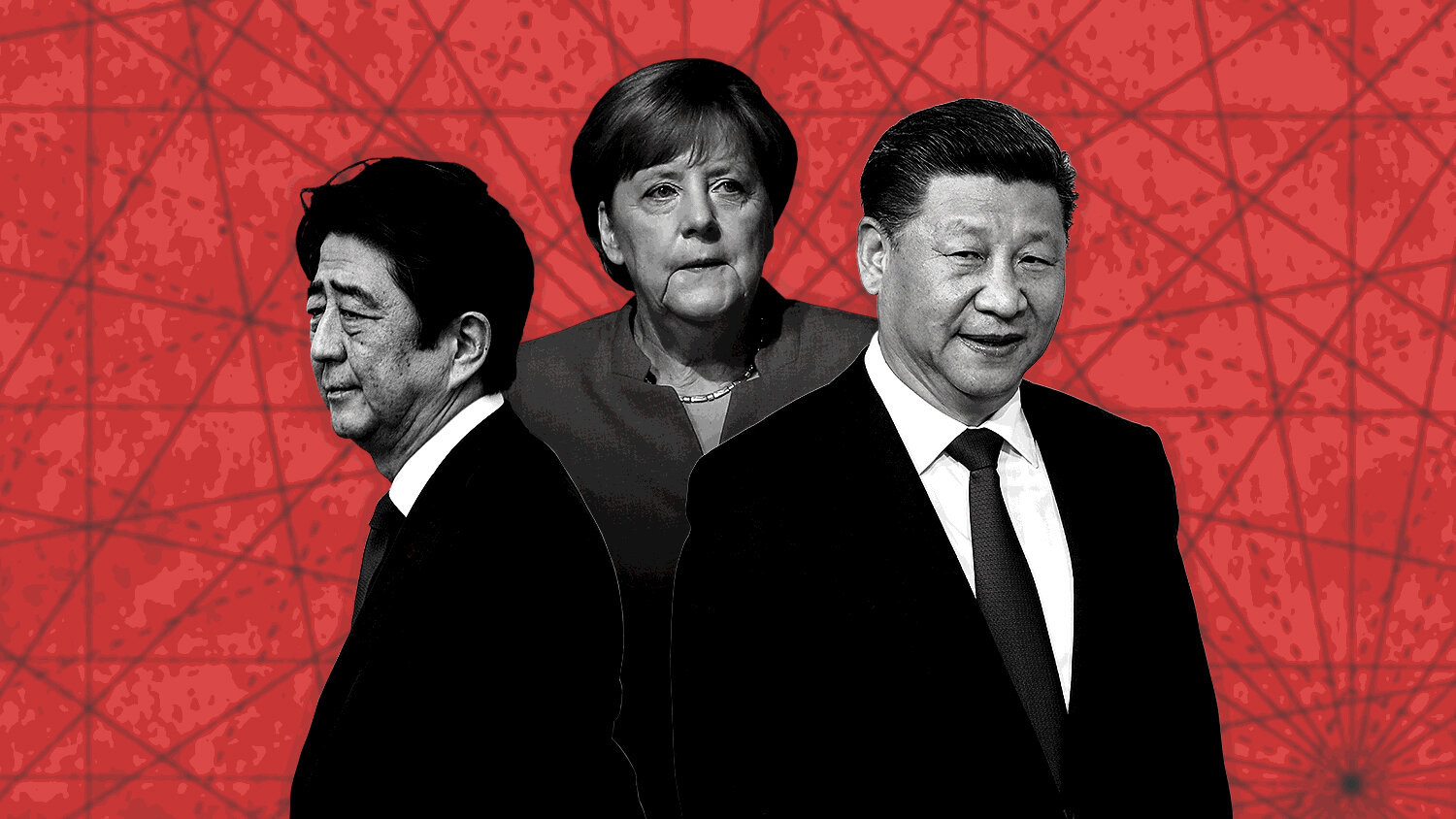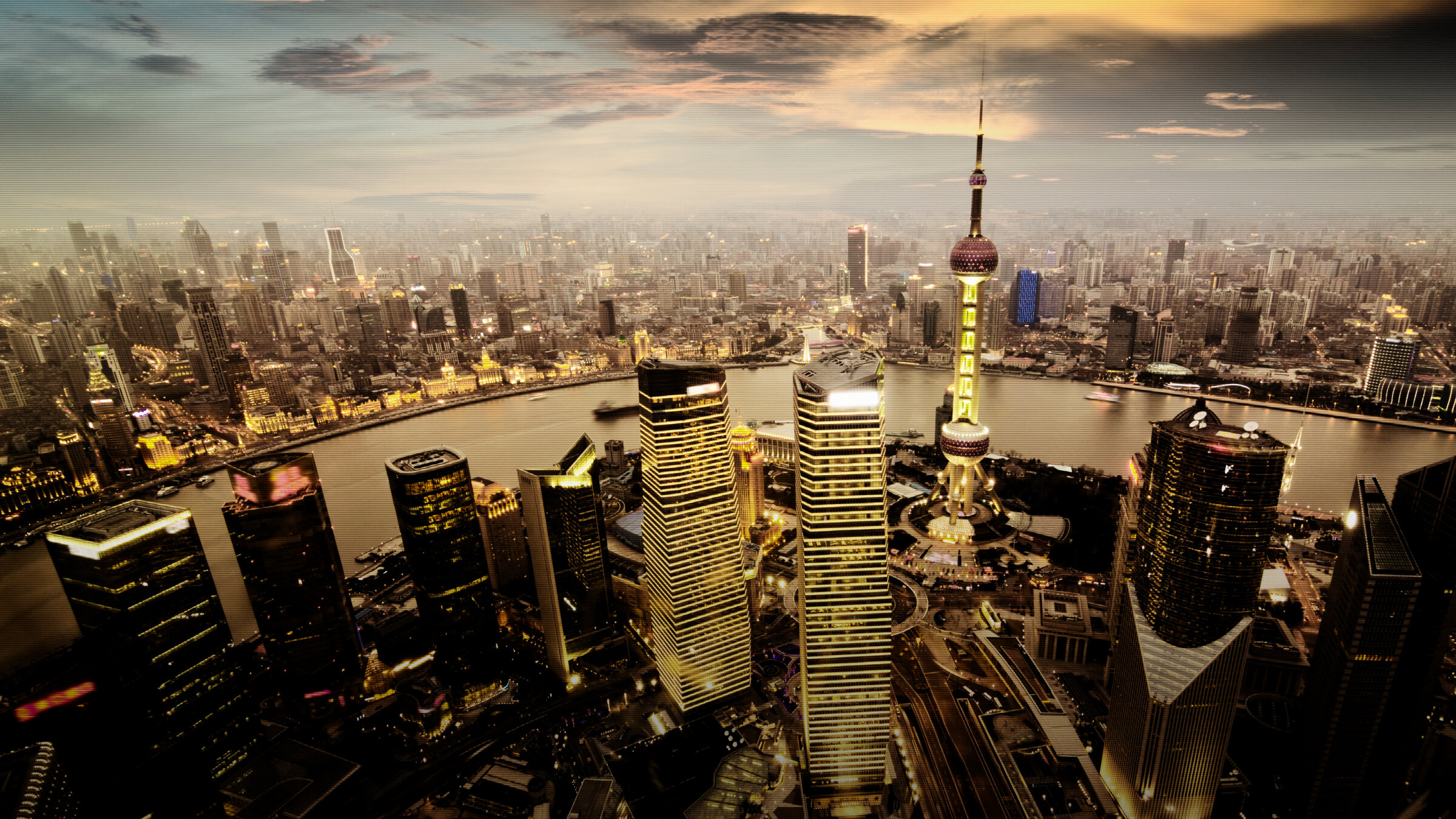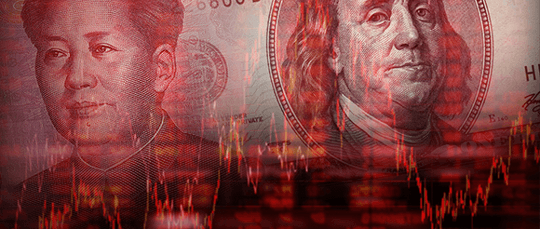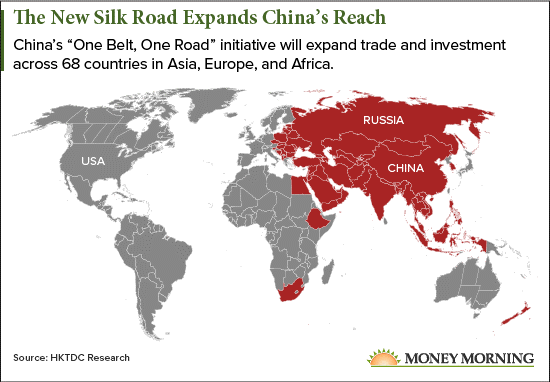Defense Department warns One Belt One Road favors military and civilian projects that are a direct challenge to U.S. strategic interests.
A pair of reports this week from the Pentagon have sounded alarm bells for Washington, D.C., over China’s use of its ever-growing military, trade, and infrastructure networks, which they assert are being used to pursue a goal of global domination and direct confrontation with American interests around the world. Continue reading












